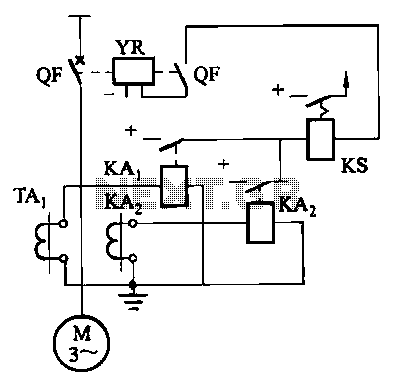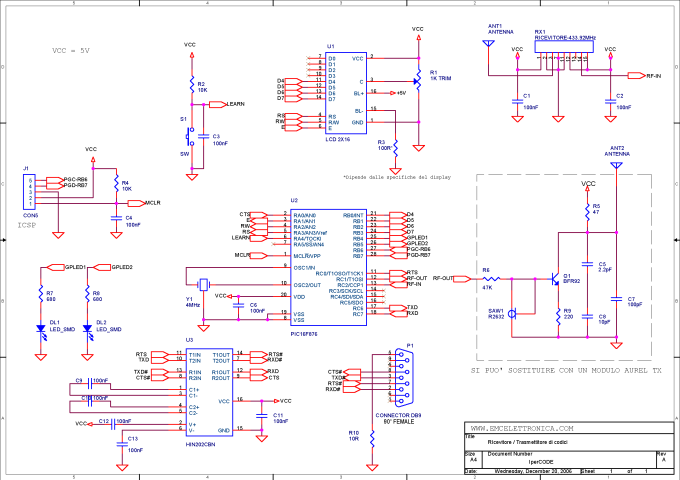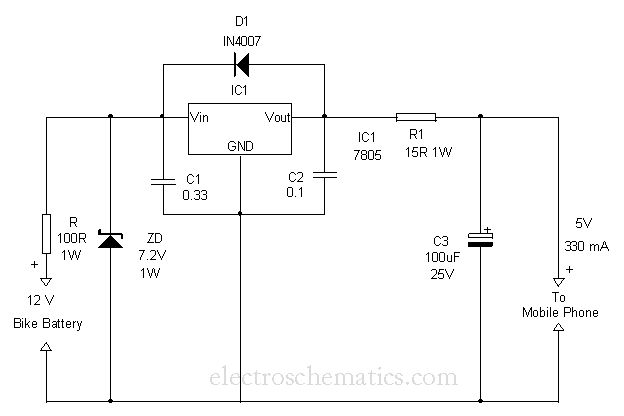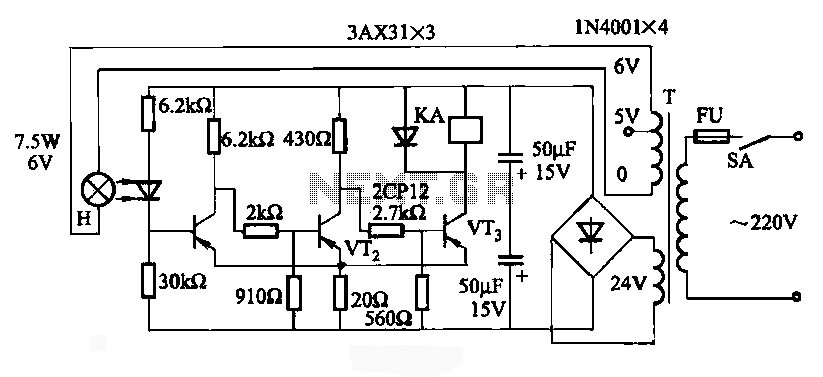
Liquid/Fluid/Water/Float/Tank Level SwitchCircuit using Relay

A simple liquid level switch circuit with diagram and schematic. This can also be used as a water level switch, fluid level switch, float level switch, and tank level switch.
The liquid level switch circuit is designed to detect the presence or absence of liquid within a tank or container. This type of circuit can be employed in various applications, such as water level control in reservoirs, fluid level monitoring in industrial processes, and float level detection in aquariums or sump pumps.
The basic configuration of a liquid level switch typically consists of a float mechanism, a switch (often a reed switch or a mechanical switch), and a power supply. The float is buoyant and moves up and down with the liquid level. When the liquid level reaches a predetermined point, the float activates the switch, which can then trigger an alert, control a pump, or turn on/off an indicator.
In the schematic diagram, the float is connected to the switch, which is in turn connected to a power source and the load (such as a pump or an alarm). The circuit may include additional components such as resistors, diodes, or capacitors to enhance performance, provide protection against voltage spikes, or filter noise.
For enhanced versatility, the circuit can be designed to operate in both normally open (NO) and normally closed (NC) configurations, allowing for customization based on the specific application requirements. The use of microcontrollers or programmable logic controllers (PLCs) can further improve functionality by enabling more complex control algorithms and integration with other systems.
Overall, this liquid level switch circuit is a fundamental yet essential component in fluid management systems, providing reliable and effective monitoring and control of liquid levels.A simple liquid level switch circuit with diagram and schematic.This can also be used as water level switch,fluid level,float level and tank level switch.. 🔗 External reference
The liquid level switch circuit is designed to detect the presence or absence of liquid within a tank or container. This type of circuit can be employed in various applications, such as water level control in reservoirs, fluid level monitoring in industrial processes, and float level detection in aquariums or sump pumps.
The basic configuration of a liquid level switch typically consists of a float mechanism, a switch (often a reed switch or a mechanical switch), and a power supply. The float is buoyant and moves up and down with the liquid level. When the liquid level reaches a predetermined point, the float activates the switch, which can then trigger an alert, control a pump, or turn on/off an indicator.
In the schematic diagram, the float is connected to the switch, which is in turn connected to a power source and the load (such as a pump or an alarm). The circuit may include additional components such as resistors, diodes, or capacitors to enhance performance, provide protection against voltage spikes, or filter noise.
For enhanced versatility, the circuit can be designed to operate in both normally open (NO) and normally closed (NC) configurations, allowing for customization based on the specific application requirements. The use of microcontrollers or programmable logic controllers (PLCs) can further improve functionality by enabling more complex control algorithms and integration with other systems.
Overall, this liquid level switch circuit is a fundamental yet essential component in fluid management systems, providing reliable and effective monitoring and control of liquid levels.A simple liquid level switch circuit with diagram and schematic.This can also be used as water level switch,fluid level,float level and tank level switch.. 🔗 External reference





